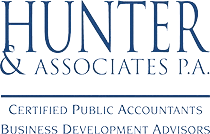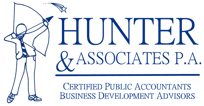
What is a FAR overhead rate?
Technically known as a firm's "indirect cost rate," the more familiarly known "overhead rate" is the percentage of general expenses that consultants can bill to contracting government agencies. More specifically, it is the ratio of allowable indirect costs to total allocable direct labor costs.
What does a FAR overhead rate include?
Overhead is the sum of a firm’s indirect costs. A firm’s FAR overhead rate is the ratio of indirect costs to direct labor costs, based upon provisions in the Federal Acquisition Regulation and Cost Accounting Standards.
Why do I need it audited?
Government agencies base reimbursements to firms on their audited FAR overhead rates.
What are the requirements for receiving reimbursement from a government agency?
A/E firms must prove that costs are allowable, reasonable and allocable, per the provisions for contracts with commercial organizations detailed in FAR 31.2.
What are management's responsibilities in an overhead rate audit?
Management "bears the sole responsibility for identifying, segregating, and removing unallowable costs from all billings to Government contracts," according to the AASHTO Uniform Audit & Accounting Guide to government transportation contracts.
Where can I get more information?
The AASHTO Uniform Audit & Accounting Guide (2012 Edition) prepared by the American Association of State Highway and Transportation Officials is the leading source of information related to indirect cost rate schedules and overhead audits.
You are also welcome to contact us by phone or email.




